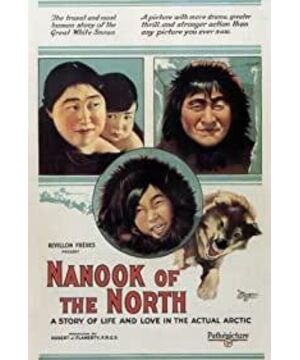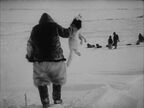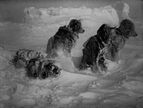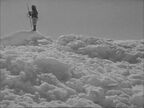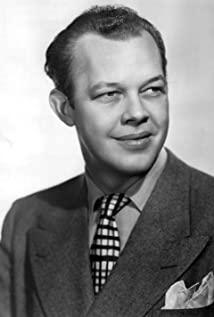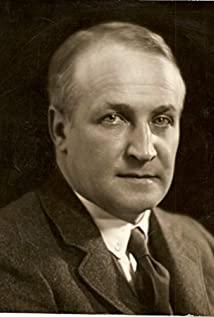"It is not my intention to photograph what the white people did to the savage people... The
white people not only destroyed the character of these people, but also destroyed their people. I think there are still Where possible, show people their pre-destroy personality and dignity."
In keeping with this philosophy, Flaherty brought the Nanuk family back to the traditional Eskimo tradition of decades ago during the filming of the film. in the way of life. Although they are now wearing clothing imported from England and learning about fur on the radio, Flaherty keeps these traditions out of his lens. Not only that, Flaherty also carefully studied, discussed, and washed away many of the Nanuk family's suggestions. Every time I take a set of shots, I ask the subject to watch it together. If they are not satisfied, or if someone thinks they can take a better shot, he will repeat the selection of the angle and the distance to take another shot.
Although this form of life is not strictly true, for example, the Nanuk family built an extra-large "movie igloo" for filming. For another example, their family slept in the bitterly cold sunlight outside. Yes, wait, but the breath of life and human touch he gives is truly unquestionable.
"Results have to be real". In Flaherty's eyes, the creator's purpose and initiative are brought to the fore.
View more about Nanook of the North reviews


